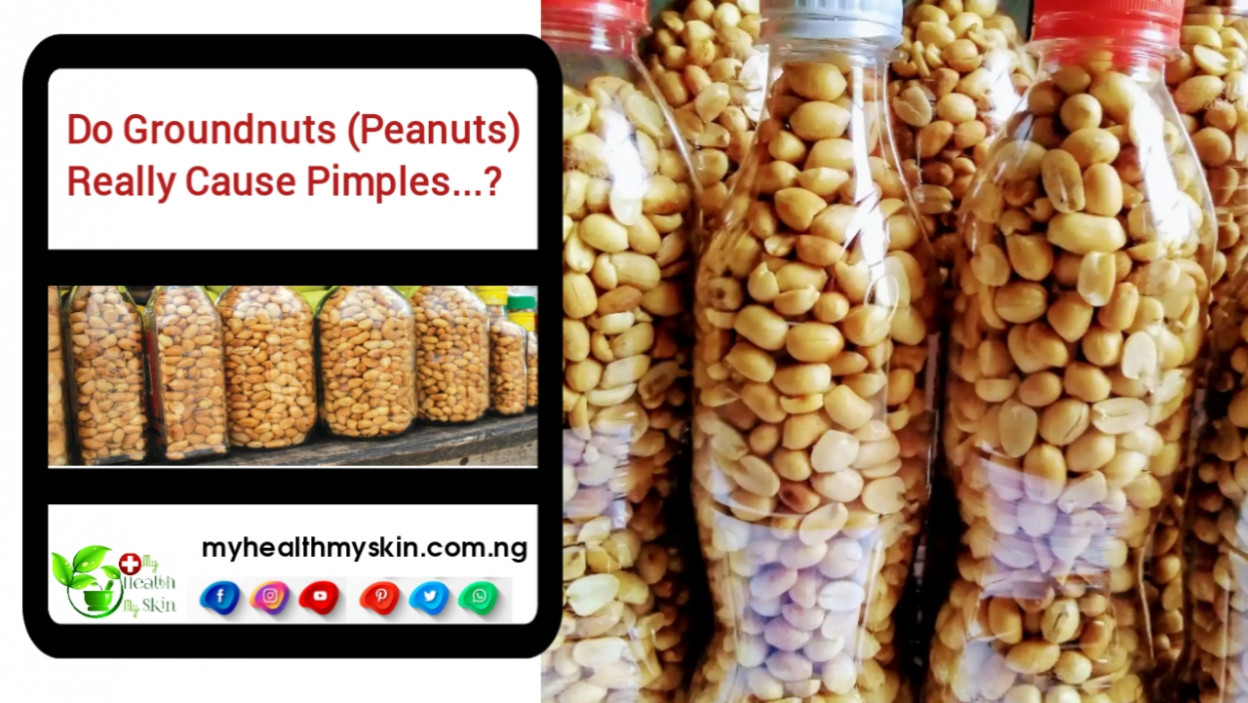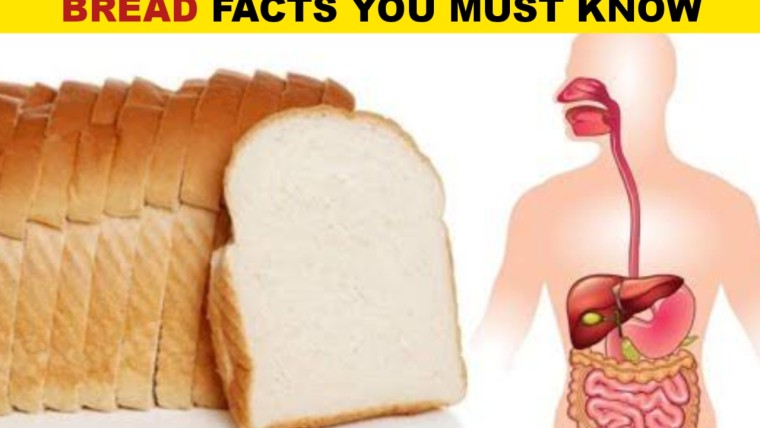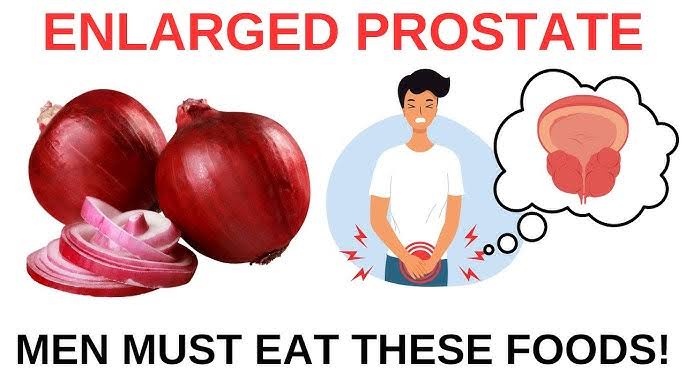Do groundnuts (peanuts) cause pimples? Whenever we think of nuts, the foods that come to mind are walnuts, almonds, and of course groundnuts, right? Mistake…
Unlike the two seeds mentioned, groundnuts also known as peanut is a legume rich in iron, that is, much more similar to beans, for example, and its nutritional values follow the specific composition of this important food group.
Although originating in South America, the food is, curiously, much more consumed and, mainly, explored gastronomically, in the United States than in its own native lands.
Peanut paste (or butter), for example, is part of North American culture and is only now being incorporated into the dietary guidelines of Brazilians.
Rich in monounsaturated fats, known as “good fats”, and omega 3, peanut butter also has proteins, fibers (ideal for the proper functioning of the intestine) and phytosterols (components that have an anticancer effect).
In addition, it can be considered an excellent source of minerals such as iron, magnesium, potassium, phosphorus, zinc, and vitamins, especially B and E – this is a natural antioxidant that helps to prevent Alzheimer’s disease.
Despite being caloric – 100 g of Japanese peanuts can have 488 calories – peanuts are a food that provides useful nutrients for our body.
This list can include carbohydrates, fiber, protein, magnesium, manganese, phosphorus, copper, vitamin B1, vitamin B3, vitamin B7, vitamin B9 (folic acid/folate), vitamin E, and antioxidants.
In everyday life, we can easily find groundnut in bars and we can also use them as snacks to receive visitors, to watch a football match or a movie on television or as a snack at that time of day between a main meal and another when hunger presses.
However, in the moments when you’ve tasted your portion of the food, have you ever stopped to think if peanuts cause pimples?
[lwptoc]
Is It True That Peanuts Cause Pimples?
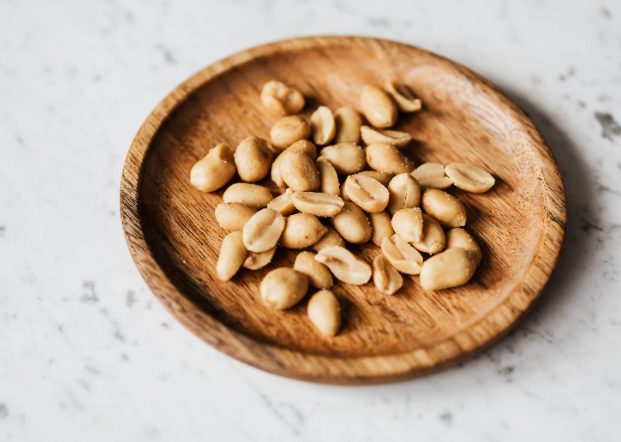
The development of pimples is caused by acne, a problem that arises when oily secretions from the sebaceous glands plug the tiny openings in the hair follicles.
According to dermatologists, the condition can be caused by a number of factors such as excess skin production of oil, bacteria buildup, tendency to inflammation, hormonal dysregulation and propensity for dead cells and tissue to accumulate.
The link between diet and acne is controversial for nutritionists, however, recent research shows that diet can play a significant role in the development of acne.
Experts explain that while foods alone don’t cause acne, some foods can make the condition worse. Is peanuts one of those foods? Does peanut give pimples?
Not necessarily. As we have found, people who suffer from acne tend to have low levels of antioxidants such as the vitamin E found in peanuts.
These nutrients are known to protect cells from damage and infection, however, there is no clear evidence that antioxidants resolve acne.
Peanuts, on the other hand, belong to the category of vegetables that contain lectins, substances that can block pores, thus favoring the development of acne.
According to information, the amount of fat found in the composition of peanuts can result in an increase in skin oiliness, which can, in theory, generate a pimple. However, the observed effect varies from person to person.
Peanut Butter And Sweet Peanuts
Peanut butter contains so-called mycotoxins, toxic substances that can be associated with acne. It is a mold that grows on certain food crops and matures during the transport process.
Even organic crops are affected and this is why many people experience an allergic reaction to peanuts, which can include an acne flare-up.
The fact that most people who have acne also suffer from oily skin leads health professionals and patients who suffer from the problem to believe that oily and greasy foods like peanut butter contribute to acne problems.
However, according to Parker Magin, a doctor and joint professor at the University of Newcastle in Australia, experiments have failed to show a clear relationship between foods high in fat or sugar and the intensity of acne.
According to the researchers, it is suspected that it is Western diets, in general, and not specific foods that can cause acne.
Still, the sugars and simple carbohydrates added to improve the taste and texture of peanut butter can exacerbate the problems associated with acne. Sugars can also appear in other peanut recipes, such as sweet peanuts.
These high glycemic index and easily digestible ingredients cause a spike in blood sugar and insulin levels. Changing insulin and blood sugar levels increase the production of androgen hormones, which in turn increase sebum production.
As a result, the skin glands secrete more oil, the follicles are clogged, and a new acne flare-up begins. Therefore, for those who want to alleviate the symptoms of acne, the recommendation is to opt for peanut butters without added ingredients.
In addition, a study showed that people who frequently consume added sugars are 30% more likely to have acne.
More Important Than Knowing If Peanuts Give You Pimples
Both for those who already suffer from acne and for those who want to prevent the appearance of the problem, it is important to understand how all the food should work to combat the problem. For this, the best way is to have a good conversation with the dermatologist and/or the nutritionist.
In the case of people who already have acne and pimples, in addition to knowing about their diet, it is important to consult a good dermatologist to receive the appropriate diagnosis regarding their condition, as well as to know correctly which treatment is the safest and most efficient, taking into account consideration the particularities of your case and your health in particular.
How To Insert Peanut Butter In The Diet?
Peanut butter can be a good ally in our healthy diet, as it promotes a greater feeling of satiety and prevents compulsion.
You May Also Like:
- How To Lighten Dark Spots On Your Face
- Does Funbact A Bleach or Lighten The Skin? Fact Check!
- Tomato mask to remove Pimples and Skin blemishes
- What Is Hydroquinone, Applications In Cosmetology: Whitening Creams, Peeling, Ointment, Tablets. Achroactive Max, Reviews
- 15 Best Creams For Dark Circles – Options And Tips
The hard consistency of peanuts, which is due to fiber, demands greater chewing, which contributes to satiety and makes leptin (a hormone responsible for controlling body mass and appetite) reach its ideal levels.
Combine With Various Snacks!
The paste version, for being tasty and versatile, combines with whole-grain breads and tapioca, but it can also be consumed directly in the spoon.
Replacing butter or curd with pasta would be a healthier option for consumption, with higher nutritional quality and less preservatives for snacks.
However, due to its amount of calories (1 cup adds up to approximately 500 kcal), it is necessary to understand that the delicacy must be consumed in a balanced way and in small doses.
“In small amounts (about 15 to 30 grams, the equivalent of up to two tablespoons per day), mainly in pre-workout and combined with banana, for example, the paste can be included in the diet of those who want to lose weight or gain mass.
If the goal is to gain weight, the paste can be used in greater quantities on toast or tapioca.
If you want to read more articles similar to Do Groundnuts (Peanut) Really Cause Pimples? We recommend you visit our Beauty & Skin Care category. Share on your social networks and stay tuned for upcoming articles.
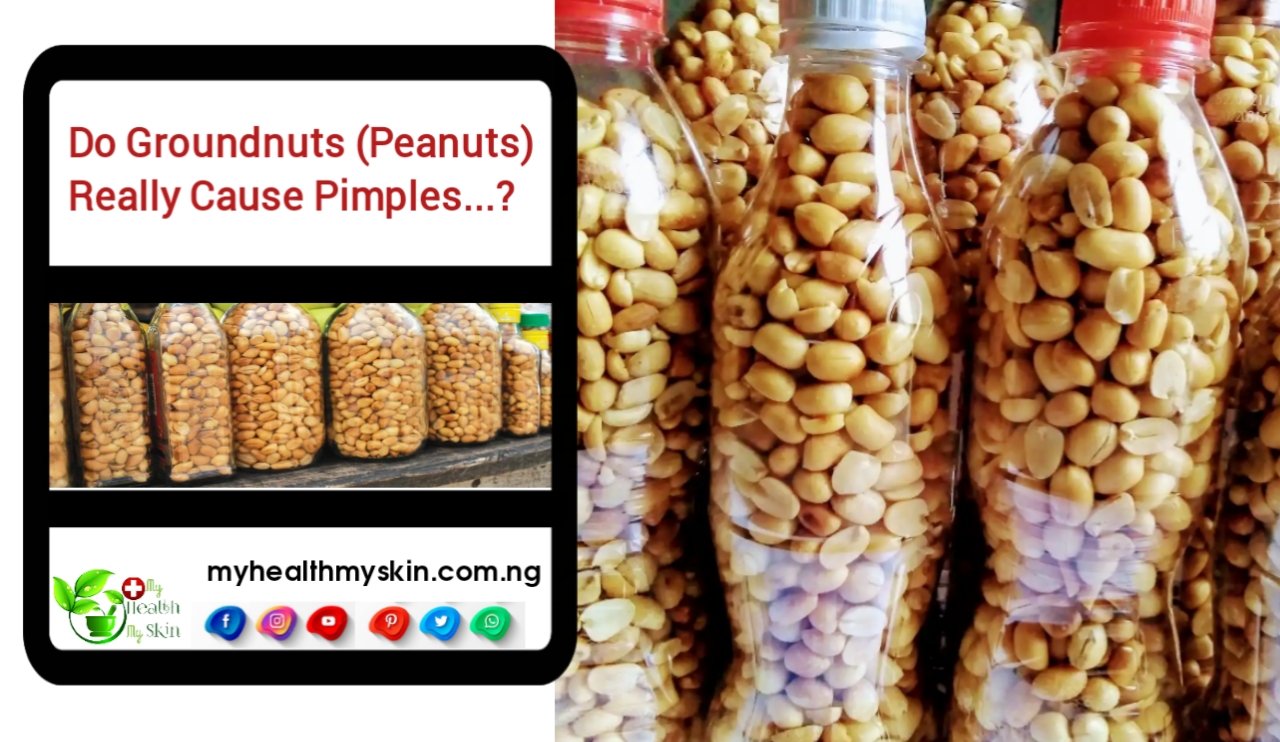
Have You Ever Heard That Groundnuts (Peanuts) Give Pimples? Do You Have A Habit Of Eating Peanuts And Do You Regularly Suffer From Acne? Comment Below!

